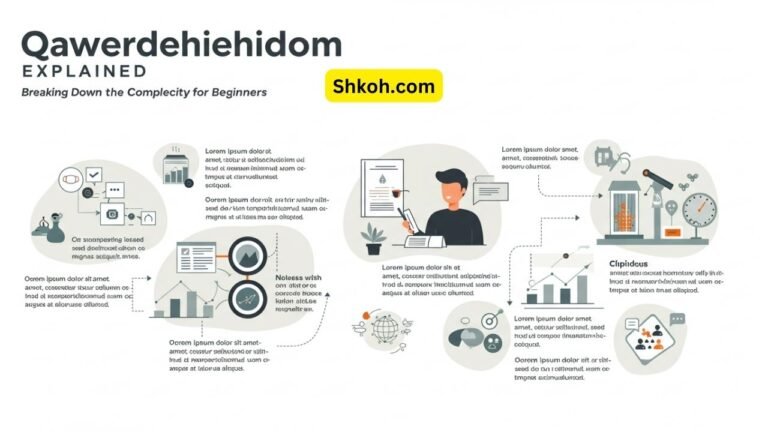Your Cloud Bill Is Not a Performance Metric
The numbers made the CFO happy. For him, a $300K increase in the quarterly cloud bill looked like a sign of business expansion: more spending on cloud = more users, higher revenue. He even showed the chart with a smile: “Look how we’re growing!” But in reality, the rising costs reflected inefficiency in the architecture, not growth. That same morning, a customer wrote to support: “Your report takes 47 minutes to load. I can’t wait that long.”
Here it is — a scene where expense looks like success. But is it? You’re not buying speed. You’re paying for smoke that can hide holes in the architecture. And only afterward, when it’s too late, does someone remember load and performance testing services — which should have shown where the system was breaking down before the first million-dollar bill arrived.
The question is simple: is a bill from the cloud a metric of performance or a metric of helplessness?
The Illusion Of High Cost
There is an old habit: equating price with quality. If you bought an expensive car, it means it’s fast. If you rented a penthouse, it means it’s prestigious. If you sign a fat contract for the cloud, it means your business is powerful.
But the problem is that infrastructure does not obey this logic. It either serves requests or sinks. You can pay for 10 nodes, but if you have SELECT* without an index, they will all die at the same time.
The irony is that cloud bills are perceived as KPIs. They are shown to the board of directors. “We doubled the budget, so the system is ready for growth.” No, it’s not. You just doubled the fog.
A skeptic will object: “But money gives flexibility.” Partially yes — you can quickly buy additional capacity. But if the architecture is not optimized, this money simply supports inefficiency. You get a temporary margin of safety, but you don’t solve the root problem: requests still overload the database, services still block each other. Flexibility becomes not a strategic resource, but a postponement of collapse.
Architecture Versus Money Fog
The cloud infrastructure is a brilliant camouflage. It hides architectural pitfalls better than any report. While you are buying new instances, no one asks: where does it really hurt?
But let’s get down to business. A corporation with a legacy system, where each release causes a cascade of delays: increased response times, transaction lockouts, and throughput degradation. However, instead of analyzing the root causes and revising the architecture, management decides to tackle the problem head-on by adding new instances and expanding resources.
At first glance, this seems to work. Peak requests are distributed, and SLAs are formally met; but at night, when the load decreases and external factors are minimal, engineers see the real picture — a systemic bottleneck within the architecture itself: unoptimized database queries, monolithic services without horizontal sharding, and bottlenecks in I/O.
Industry experts — including PFLB — note that early-stage load and performance testing helps teams catch these cracks before scaling, instead of paying cloud providers to mask them.
When Cloud Bills Lie: CFO Assumptions vs. Engineering Reality
| Symptom | What the CFO thinks | What’s actually happening |
| Cloud bills keep rising | “The business is growing” | Full table scans, missing indexes, duplicate API calls, no caching in place. |
| Nighttime outages | “It’s the provider’s fault” | I/O bottlenecks, monolithic services, no sharding or proper load balancing. |
| High storage costs | “That’s normal, we have a lot of data” | No archiving or deduplication, log files and temp data piling up for years. |
Honestly, it looked like an investigation after an accident. Money is pouring into the cloud, but the system isn’t getting any faster. The loads are the same, response times are still high, and SLAs are falling. The CFO’s reports show increased expenses, and the monitoring dashboards show the same degradation. In fact, there has been no progress.
Still, the question remains: pay for silence or fix the foundation?
The arguments in favor of testing before scaling are simple:
- Chaos engineering allows you to catch weak spots before a real accident.
- Load tests reveal when the system will crash, even before release.
- Profiling will show which requests are burning through your budget.
But theory is cheap. How do you actually run stress tests so they don’t turn into checkbox exercises? Here’s what usually works in practice:
- Define realistic load models. Don’t test with fake numbers. Use what your traffic actually looks like: peaks, payroll batches, Friday night sales.
- Gradually increase concurrency. No need to nuke the system with 10x load at once. Ramp up step by step — watch where it cracks first.
- Measure end-to-end. CPU at 80% doesn’t mean much if your checkout page still times out.
- Simulate failure scenarios. Pull the plug on a node, add network lag, make it ugly — better now than in front of customers.
- Automate and repeat. Stress testing isn’t a one-night stand. Make it part of your pipeline or at least a quarterly habit.
Of course, tests slow down the release. But a crash in production will halt the release for weeks. As an alternative, you can build hybrid models by moving part of the infrastructure to the cloud and part to local test benches. This is less common in the industry, but in practice it sometimes saves millions.
Practice: Test Before Scaling
The experience of a CTO in fintech. A startup decided to “hold a million users” in advance. They purchased capacity to the max and enabled auto-scaling. The slides for investors showed a perfect picture. Investors love the charts. Users don’t. In reality, it’s the opposite.
Expenses skyrocketed, metrics stagnated, and instances frantically plugged holes — and even then, only for a couple of days. The CTO called a halt. Stress tests were launched. The result: almost 40% of resources were wasted. Repeated SQL without indexes, crutch caching, synchronous calls between services. After optimization, costs are down by a third, and API response time drops from 1.8 seconds to 0.9. The service really comes to life.
PFLB’s field work in system load and resilience testing shows the same pattern with enterprise clients: half the problems are not in the cloud at all, but buried deep in the code and architecture.

Conclusion
A high cloud bill may look like growth. In reality, it’s often illusory stability that CFOs confuse with growth — a false sense of security masking the real questions: Why is it so slow? Where did the system fail? Why are customers leaving?
The cost of downtime isn’t measured in invoices — it’s measured in lost trust, churn, and investors walking away.
Stop paying for illusions. Invest in architecture and resilience testing before you scale.






